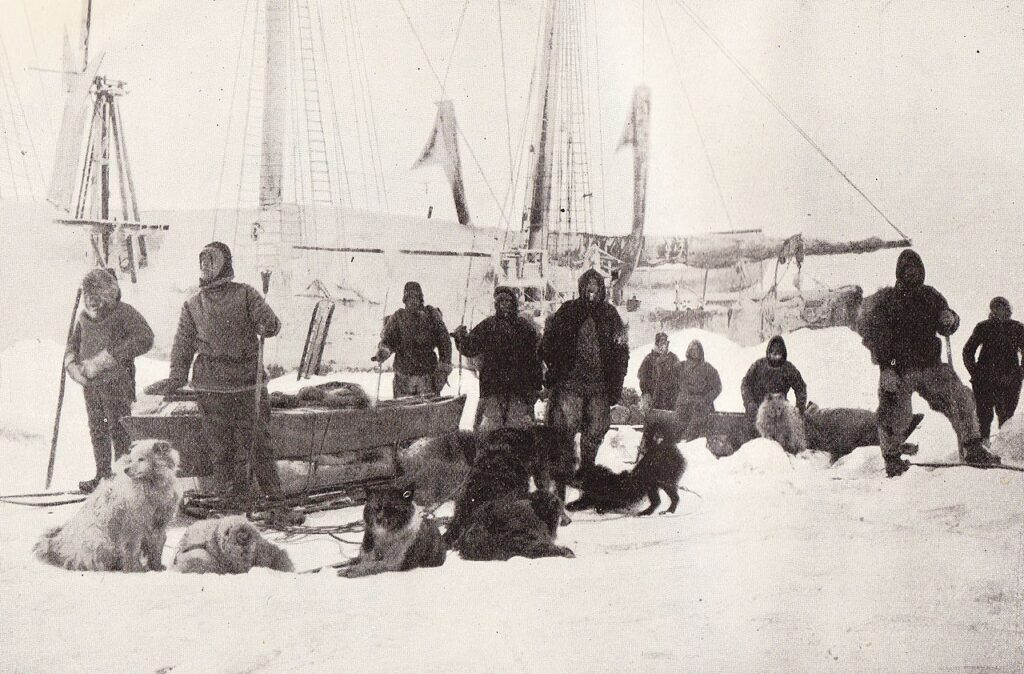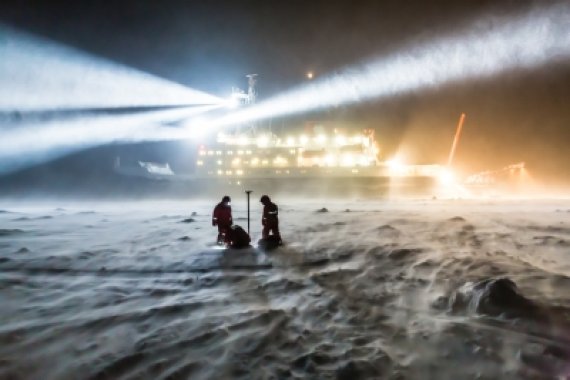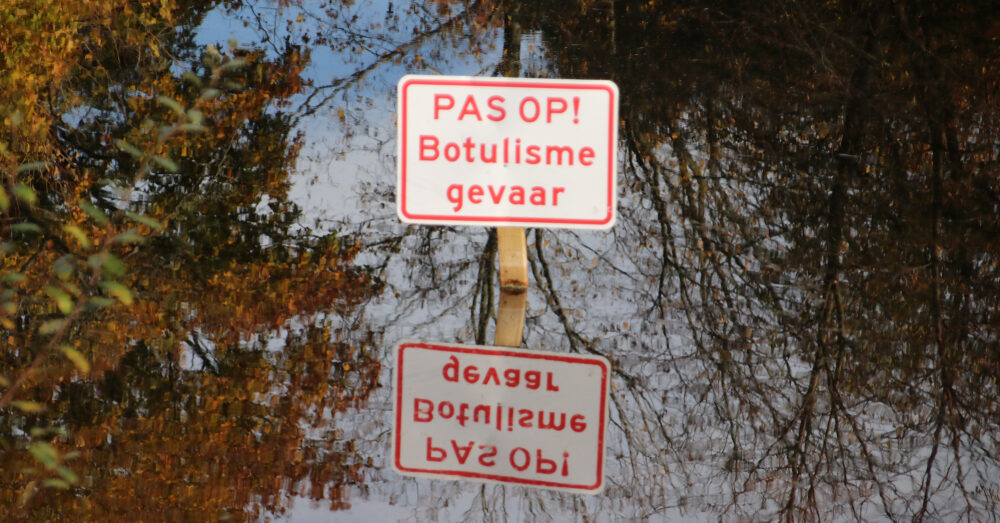This autumn, researchers on board the ship Polarstern will let sea ice trap them and spend the next year drifting towards the North Pole in the name of science. Researchers from Wageningen will also be involved in this major expedition.
MOSAiC (Multidisciplinary drifting Observatory for the Study of Arctic Climate) will be one of the biggest polar expeditions to date. On 20 September, the German research ship Polarstern will depart from Tromsø in Norway. In the Arctic Ocean, ice will freeze around the ship, which will then drift with the ice towards the North Pole for 12 months.
But so far I’ve only been in the summer. Now it will be permanently dark for the first few weeks. I’m interested to see what that’s like
Fokje Schaafsma researcher at Wageningen Marine Research (WMR)
The vessel will serve as a lab and a hotel for scientists from 17 different countries who will be studying the effects of climate change. Russian, Swedish and Chinese icebreakers will bring supplies to the ship and let researchers and crew — a total of 600 people over the course of the year — relieve one another. The expedition will cost over 120 million euros; preparations started back in 2011. Three Dutch projects will be included thanks to a financial contribution by Dutch science funding organization NWO: two WUR projects and one for the University of Groningen.

Young cod
Fokje Schaafsma of Wageningen Marine Research will be studying the Arctic cod (Boreogadus saida). ‘We found young cod under the sea ice during an earlier expedition.’ It seems as if they use the sea ice as a means of transport to take them from the Russian and Canadian coasts, where they are born, to the middle of the Arctic Ocean.
The Arctic is predicted to be ice-free in the summer months by 2050
Laurens Ganzeveld, researcher Meteorology and Air Quality
Schaafsma will investigate what the cod eat in the different seasons. This information will be combined the results of other researchers, for example on the spread of cod.
Schaafsma will be on board the trapped ship from late January to early April 2020. It will not be her first polar expedition. ‘But so far I’ve only been in the summer. Now it will be permanently dark for the first few weeks. I’m interested to see what that’s like.’
As most of the scientists will only spend two months on board, they will help one another to carry out measurements for a full year. Schaafsma: ‘We’ll have to see how the logistics work out. Work and consultations have been going on for a long time to get all the people and necessary equipment on board so that everyone can both do their own job and help others.’
Melting sea ice
Researcher Laurens Ganzeveld of Meteorology and Air Quality studies the exchange of climate-active gases between the ice, the ocean and the atmosphere. These are gases such as carbon dioxide, methane, ozone and dimethyl sulphide that influence the climate, for example as greenhouse gases. ‘The Arctic is predicted to be ice-free in the summer months by 2050,’ says Ganzeveld. ‘This will have a huge effect on the climate because the sea ice influences the exchange of energy and climate-active gases between the atmosphere and the ocean. But very little is known about these processes in the Arctic Ocean, especially outside the summer months as little research has been done in that period.’
Ganzeveld won’t be going on the ship himself; he will be performing model analyses in the Netherlands together with his colleagues. Fellow scientists from Boulder, Colorado, will carry out the measurements on board. Ganzeveld: ‘This data will let us improve our climate models and make predictions for the Arctic and global climate.’

 Research ship Polarstern during an expedition to the Antarctic in 2013. Photo Alfred Wegener Institut / Stefan Hendricks
Research ship Polarstern during an expedition to the Antarctic in 2013. Photo Alfred Wegener Institut / Stefan Hendricks 

